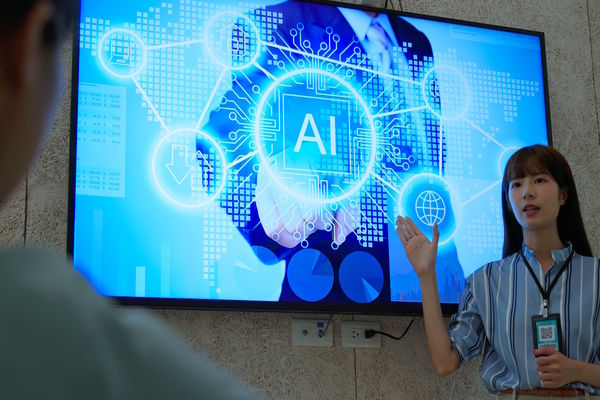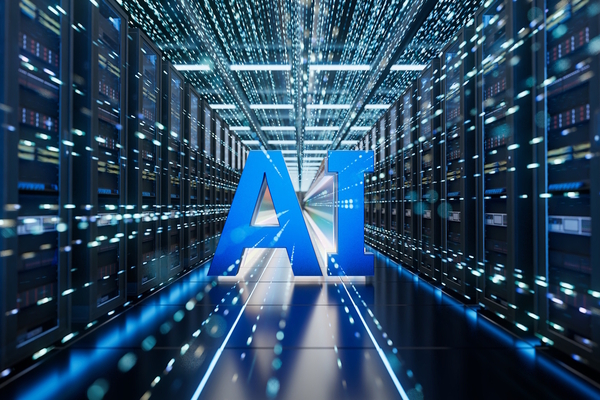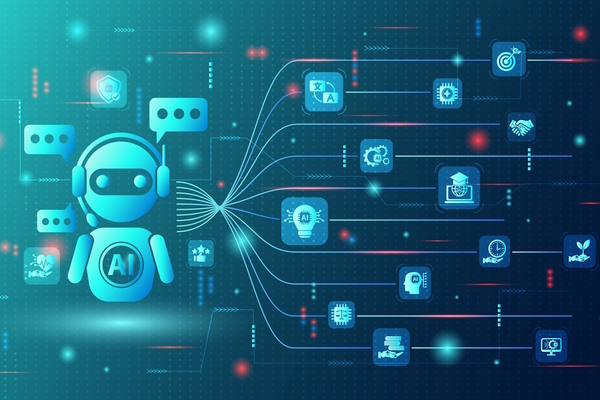The full potential of AI on the frontline workforce

Brett Barton at Unisys explores how growing AI will benefit the frontline worker and impact organisational growth
Artificial intelligence (AI) has come a long way, from the early natural language processing computer, ELIZA, to today’s sophisticated Generative AI (Gen AI) programs like Microsoft Copilot. In fact, according to recent International Data Corporation (IDC) research, AI has the power to contribute $19.9 trillion to the global economy by 2030 and drive 3.5% of Global GDP.
This will have a transformational impact on organisations. While much of the current conversation focuses on AI’s technical capabilities, it’s actual value is in transforming how companies and workers operate. By integrating AI-driven solutions into their infrastructure, businesses can enhance productivity, optimise operational efficiency, and create new job opportunities.
AI’s effect on frontline operations
While it is easy to imagine the impact modern AI infrastructure will have on a global level, it is vital to consider the very real benefits it can provide for individual organisations. With AI, organisations and their frontline workers can develop streamlined solutions, reduce time spent on administrative tasks and elevate employee onboarding.
In the healthcare industry, hospitals can utilise GenAI and large language models (LLMs) to reduce clerical work, giving doctors and nurses more time to focus on patient care and outcomes. This technology is also being used to provide more reliable support for trainees, allowing them to hone their skills in clinical reasoning through evidence-based prognosis and accurate, case-based training opportunities.
In manufacturing, AI enhances productivity by providing contextual intelligence in real-time, such as predicting when maintenance is needed, assessing quality in near real time, troubleshooting and optimising workflows. This can include optimising storage and cargo flow. What once took weeks of planning and preparation now takes mere moments; improving efficiencies and giving workers time to focus on other higher value tasks.
Within finance, AI can serve as an analysts’ go-to tool. It seamlessly analyses millions of data points, creating more accurate forecast models, better risk evaluation and enabling smarter investment decisions. This technology isn’t just attainable for the largest financial firms – while it will be felt on Wall Street, it will also impact regional banks, and personal pocketbooks – providing better fiscal management to everyone.
We have not yet seen AI’s full potential
While LLM use is already widespread across industries, the technology is still in its infancy. Over the coming years, we will see how businesses use technology like Graphics Processing Units (GPUs) to accelerate AI application tasks across various domains alongside edge computing. Because GPUs are quicker than traditional CPUs (central processing units), they can deliver technical calculations faster and with improved energy efficiency.
This will be ideal for larger organisations already using substantial processing power to train and run their AI applications. Due to their compatibility across various applications that use accelerated computing, GPUs will undoubtedly become more prevalent for businesses. Meta, for example, built a sophisticated system that includes two GPU clusters to train and run its latest LLMs. This will allow Meta to navigate the vast computational demands of training a large-scale AI model, which means more efficient processing, in less time.
Imagine if integrating GPUs in AI can drive significant advancements in business operations, such as faster results, what can it do for frontline workers? It will undoubtedly make their jobs more efficient and fulfilling by allowing them to focus on more complex and value-added activities. Organisations will find that this integration results in higher job satisfaction and enhanced productivity.
Addressing uncertainties with new technology
Like any evolving technology, AI poses uncertainties despite its numerous benefits and transformative potential. Modern technologies like AI can be expensive, require upfront work to integrate into a company and can be difficult to deploy across an employee base. Some still believe AI will hurt the workforce by replacing jobs.
With proper communication and training, leaders can ensure a smooth transition by helping their employees embrace and leverage these new initiatives. To access the full benefits of modern-day AI services, the workforce must understand the importance of working with it rather than against it. When AI is thought of as a constructive collaborator to pair with individual creativity and ingenuity, the results can be astounding.
Brett Barton is Vice President and Global AI Practice Leader at Unisys
Main image courtesy of iStockPhoto.com and SolStock

Business Reporter Team
Most Viewed
Winston House, 3rd Floor, Units 306-309, 2-4 Dollis Park, London, N3 1HF
23-29 Hendon Lane, London, N3 1RT
020 8349 4363
© 2025, Lyonsdown Limited. Business Reporter® is a registered trademark of Lyonsdown Ltd. VAT registration number: 830519543





